One of the most important jobs as an esthetician/skincare educator is to teach people how to protect themselves from skin damage. And what is the number one product recommended for skin damage protection? SUNSCREEN! Unfortunately, there has been quite a lot of fear mongering, clickbait titles and cherry picking of information given in regards to SPF. Let’s lay these sunscreen myths to rest and get a better understanding so that we can keep our skin and bodies healthy.
1. Myth #1: Sunscreen enters the bloodstream and causes cancer
This is arguably the most dangerous myth surrounding sunscreens. There’s really a lot to unpack here. First, we must remember that sunscreen is not purely an aesthetic product, it serves an incredibly important role in our lives…protecting us from skin cancer and sun damage. But, some articles say that we should avoid wearing it because it may cause cancer. However, this leaves us with no protection from the sun which is known to cause different forms of skin cancers. Say what??

A 2020 study done by FDA researchers looked at the absorption rate from a single use of 6 common chemical sunscreen filters, avobenzone, oxybenzone, octocrylene, homosalate, octisalate, and octinoxate. It is a follow up of a preliminary study done in 2019. This study found that these specific ingredients were absorbed in the blood stream at a higher concentration than was previously deemed “safe” by the FDA. Here’s the thing though, this is a continuous study, and they need much more information before anything can be fully concluded. Just because it is absorbed, does not mean it is causing harm. The FDA includes this important statement in their research conclusions:
The findings in these studies do not mean that the FDA has concluded that any of the ingredients tested are unsafe for use in sunscreens, nor does the FDA seeking further information indicate such.
https://www.fda.gov/news-events/fda-voices/shedding-more-light-sunscreen-absorption
First, all skincare products we apply on our skin absorbs at some capacity depending on its composition and location it is applied. There is a largely scientific way of explaining this, that you can read here if you want to go more in depth. Second, there is not sufficient research linking these ingredients to actually being endocrine disrupters, which some say can cause cancer over time.
This study is overall a good thing that they are continuing their research and getting more up to date information for our sunscreen products and ingredients. Honestly, the United States is pretty behind when it comes to approving many UV filters that are used in other countries around the world. So, keep wearing your sunscreen!! You should also continue to take other measures as staying out of the direct sun and wearing sun protective clothing such as a hat when outside. If this research does make you nervous, you can opt for a physical sunscreen option using zinc or titanium dioxide instead.
More information on this research found here: https://jamanetwork.com/journals/jama/fullarticle/2759002
Myth #2: Sunscreen prevents your daily intake of Vitamin D
We all know how important Vitamin D is for our bodies. It promotes bone and muscle health as well as boosts our immunity. When we absorb UVB rays, our body is able to create Vitamin D to go to work within our body. This causes many people to get concerned that sunscreen wearing can reduce our ability to make Vitamin D, as it provides protection from UVA and UVB rays. A 2019 study showed no correlation between wearing SPF daily and reduced Vitamin D production in the body. Why is that?

Even with perfect sunscreen usage, there still is not 100% protection from UV rays. For example, an SPF 50 protects us 98% from the sun’s rays (nothing reaches 100%, not even SPF 100). Our body does not need much sun exposure at all to make Vitamin D. We also ingest it through our diet and other optional supplements. Importantly, there is another paradox similar to the myth above. If you don’t wear sunscreen because you are worried about becoming Vitamin D deficient, you expose yourself to the harmful UV rays known to cause cell damage. The Skin Cancer Foundation points out that even 10-15 minutes of unprotected sun exposure is enough to damage the skin!
Overall, more research really needs to be done in order to come to any adverse effect conclusions. There are basically no substantial claims that should cause you to alter your daily sunscreen usage (source).
Myth #3: Not everyone needs sunscreen
After years of misinformation, people are finally realizing that skin color does not make you immune to the sun’s damaging rays. This has taken a lot of work by skincare professionals to spread correct information! We all have a skin type under the Fitzpatrick scale, which categorizes skin color and its response to UV light.

Skin type I: always burns, never tans
Skin type II: usually burns, tans minimally
Skin type III: sometimes mild burn, tans uniformly
Skin type IV: rarely burns, always tans well
Skin type V: moderately pigmented brown skin, very rarely burns, tans very easily
Skin type VI: deeply pigmented dark brown to black skin; never burns, tans very easily (source)
Taking this scale in to account, you may think that types 4-6 really do not need to wear sunscreen. “For dark skin, melanin gives a natural protective barrier up to about SPF 13” (source). Although there is some natural protection, this does not make a person immune to sun burns, skin cancer and cell damage. Premature aging and hyperpigmentation is still a major concern that occurs from cumulative sun exposure that SPF can provide protection from.
Overall, no skin color is immune to skin damage and the adverse effects of UVA + UVB rays. Although we can’t always see the skin damage immediately, this does not mean it won’t show over time. This is true for everyone!
Myth #4: Chemical Sunscreens work much differently than Physical Sunscreens
Previously, it was thought that chemical sunscreens work by absorbing the UV rays and scattering them on the surface of the skin, while physical sunscreens reflect the rays. Further research has shown that “Only about 5% of UVB light is reflected by inorganic sunscreens and the remainder gets absorbed and converted – just like organic sunscreens” (source). This is important research that helps us further understand how these UV filters work on and within the skin to protect us.
The true difference between physical and chemical sunscreen is with how they feel and apply. Traditional physical sunscreen can be rather thick, often accompanied with a white cast. Chemical sunscreen formulas are usually preferred as they have ingredients that allow them to blend into different skin tones and feel more comfortable. However they can sometimes irritate sensitive skin! Overall, with more advancements in sunscreen formulations, we are seeing better products on the market for both UV filter options.
Remember that the best, most effective type of sunscreen is the one you will apply correctly, the right amount, and reapply throughout the day!
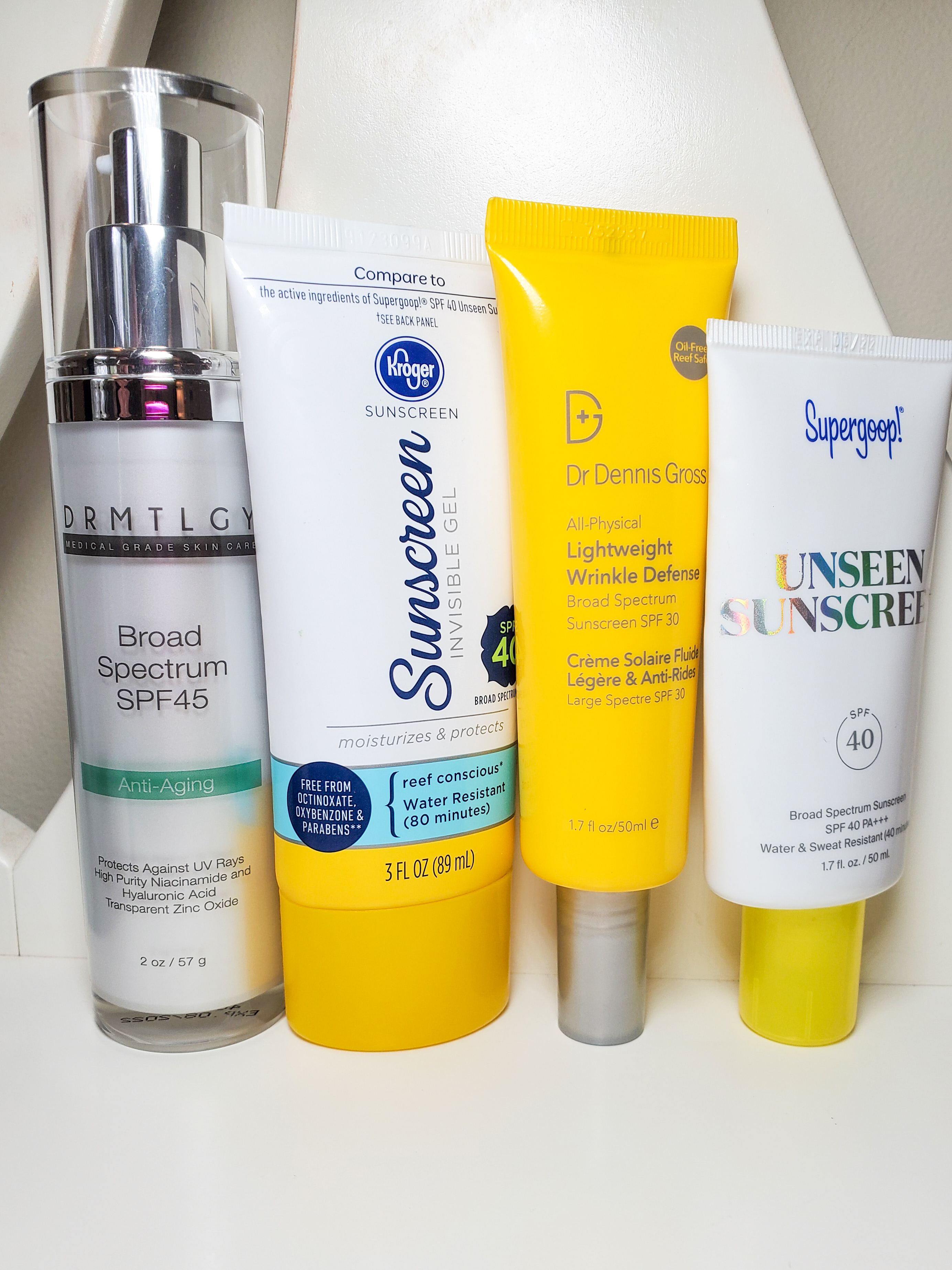
I typically have a mix of chemical sunscreen and physical sunscreen options in my sunscreen stash. But, no one needs to own more than one sunscreen option. As a dedicated skincare reviewer, I like to try many options so I can recommend the best ones. The Kroger Invisible Gel is a great dupe for one of my all time favorites, Supergoop Unseen Sunscreen. The Dr. Dennis Gross Lightweight Wrinkle Defense and DRMTLGY sunscreens are both lightweight physical options that blend out beautifully. Learn more about incorporating sunscreen on my Basics 101 blog!
More Sources to Check Out:
https://www.skincancer.org/skin-cancer-prevention/sun-protection/sunscreen/
https://labmuffin.com/more-sunscreens-in-your-blood-the-new-fda-study/
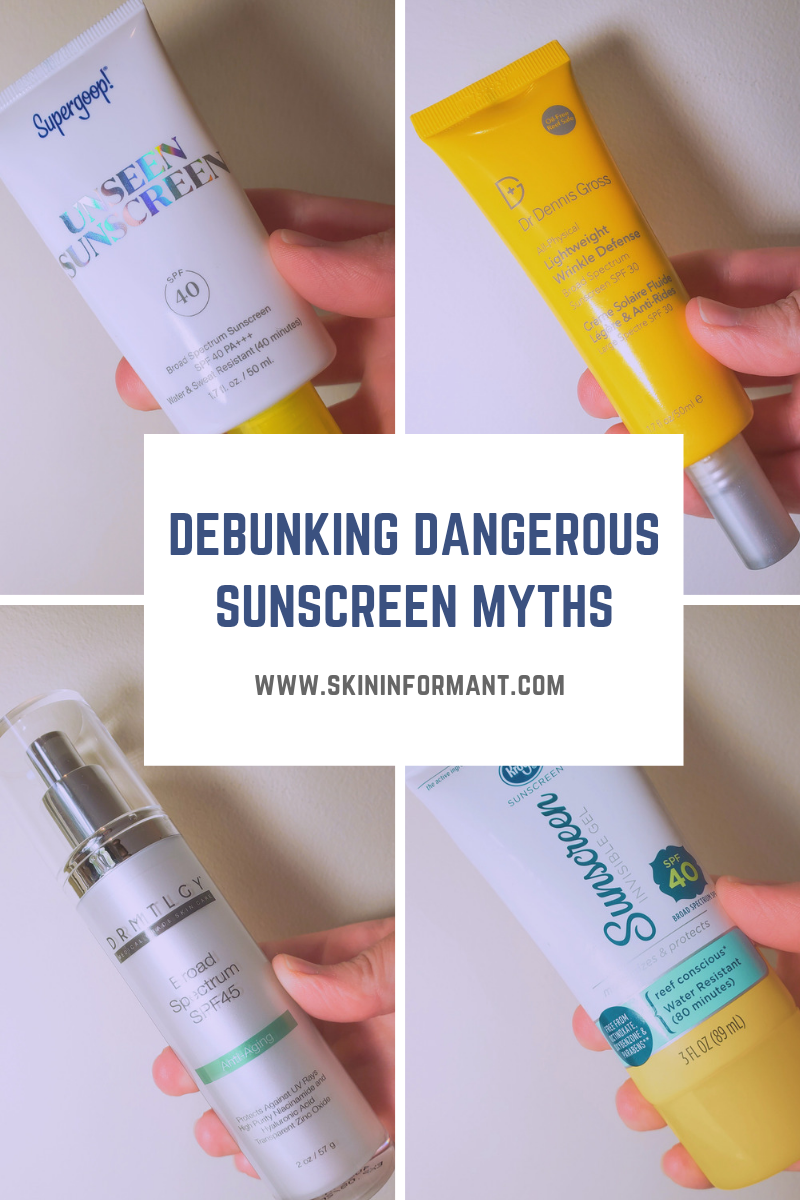
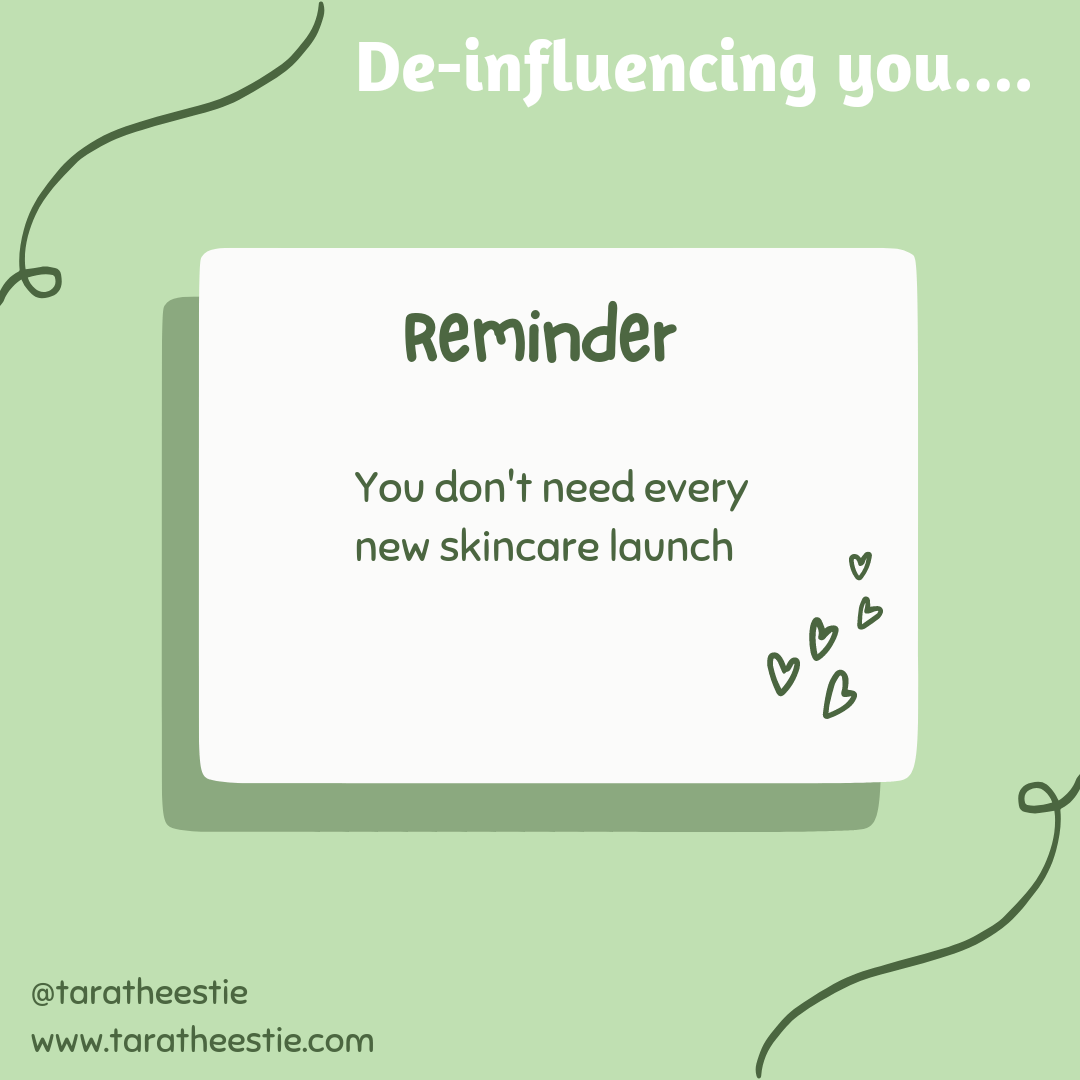
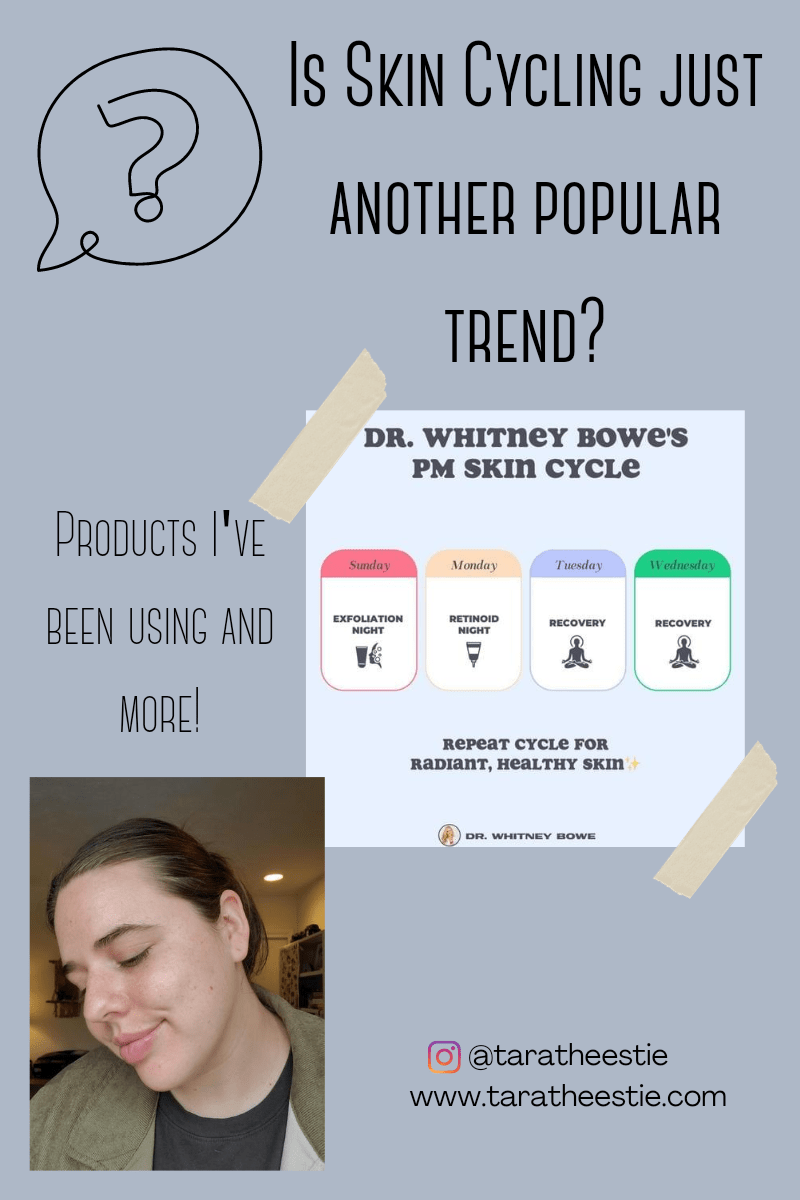
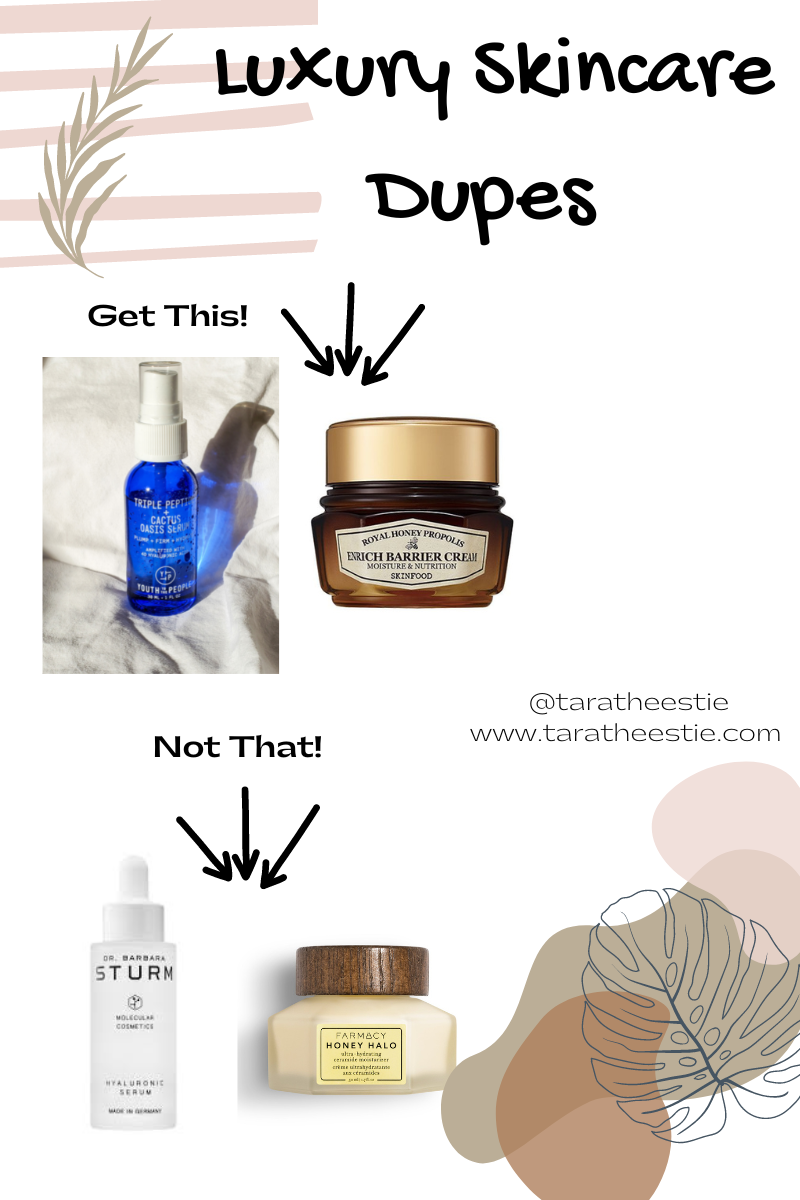

I used to love the “sun kissed” look but realized the danger is just not worth it. I now use sunscreen daily!
So happy to hear that you are protecting your skin now! That’s great! 🙂
I wear SPF every day without fail, even when I’m indoors. It’s so important to protect your skin and the amount of misinformation out there about sunscreen is worrying. It’s important to debunk these myths to help people understand the importance of wearing sunscreen and that everyone needs to protect their skin.
I’ve not tried any of the SPFs you’ve mentioned but I’ve heard great things about the Supergoop one!
Ah so happy to hear that you are always protecting your skin! Yes, these myths really need to disappear. I absolutely love Supergoop, I want to try more of their sunscreen options. Thanks so much for reading 🙂